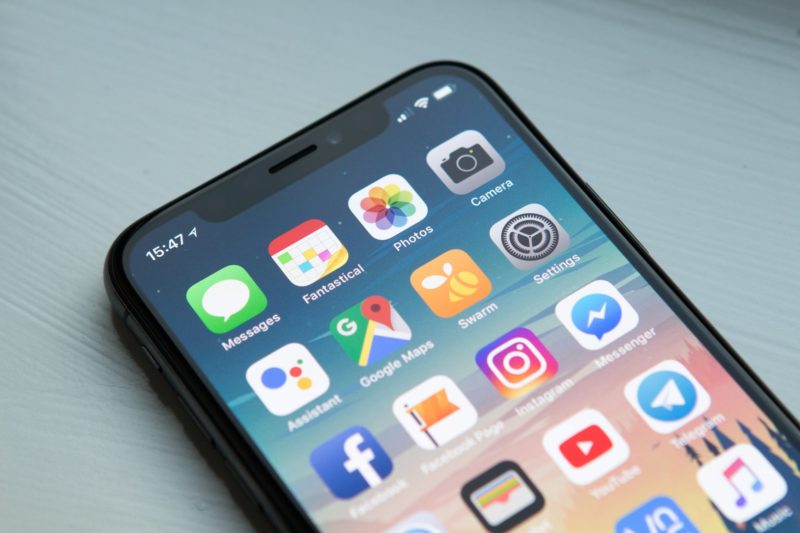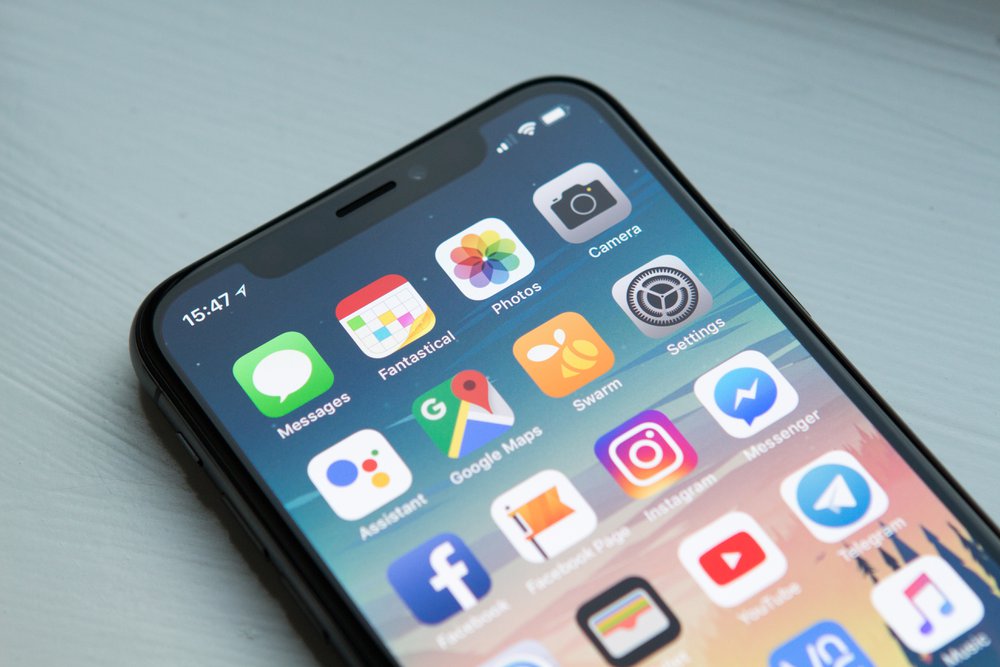
February 12, 2019
Why Most Mobile App Development Projects Fail
In today’s fast-moving, ever-evolving mobile app space, apps come and go with no chance of ever really getting off the ground. This article will dive into some of the reasons as to why most mobile app development projects fail. Mobile development can be successful if these pitfalls are avoided.


Mobile App Experience and Function
It’s not enough to simply perform the function for which an application is designed. With so many different offerings on the market, the demand for a slick, intuitive design is driving the success of apps. Gone are the days when a clunky app took the data entry points and moved them to a database in a hard to use interface. More and more the applications must be easy on the eyes and simple to use on a mobile phone or tablet.
User experience must be at the forefront of the design process. It is extremely important to get the UI right. Surveys, focus groups and grabbing a millennial to preview the design are paramount to success. Get people’s feedback on the design and once a proof of concept is somewhat working, get even more feedback.
Experience
If an application performs slowly, it will be rejected by the end user. If it takes a long time to load initially, there must be steps taken to speed it up. Also, be sure the technology being used is not outdated. Ask for the technology stack to be explained so that you fully understand this. In addition, make sure that the technology really fits the industry for which the application is intended. Augmented Reality, for example, doesn’t normally make sense in a shipping application. It’s better suited for games that use geolocation to make a better gameplay scenario.
Function
If the application uses keyboard entry, the keyboard and the fields used need to line up nicely for a good user experience. So often a keyboard hides the field a user is trying to fill in and the input cannot be seen on the screen or is cut off as they type. Most people don’t type perfectly on an on-screen keyboard and many have felt the wrath of Autocorrect.
The B-Word: Budget
This topic is probably the biggest killer of mobile app development. An app can take on a life of its own and the spending gets out of control. Be sure to account for all the development costs. Set solid goals of how much you are willing to spend on the application and be ready to kill the project if spending reaches the total budget and a viable product hasn’t emerged.
Too many wishful thinkers believe a mobile solution can be built for a few thousand dollars. This is extremely unusual and the norm for a mobile app can start in the $20,000 – $30,000 price range for functionality beyond the “flappy-bird” level of complexity. If you start leveraging the mobile hardware such as GPS, the camera and microphone, the cost will climb higher. Corporate mobile apps from banks, fitness companies and cable networks can cost well over $1 million to develop and deliver. Be prepared with a budget to allow for success.
As we discussed in our Minimum Viable Product(MVP) blog, find a product that functions well and looks good without blowing the budget. An MVP will help get the product to market, make some income, and allow time to add the bells and whistles based on the success of the initial launch. The market may tell the app developer that it isn’t wanted and to no longer pursue it any further. Just because an organization thinks their app is the best doesn’t mean that the end user thinks it is.
You can start your budgeting by getting a mobile app development estimate in minutes here: Get An Estimate
Testing
Test, test, and test some more. This is also a top killer of an application. If it isn’t tested enough by developers, quality assurance and even some beta users in a pilot program, the app can die an early death. The app needs to have hours of solid testing on it. It isn’t enough to simply make sure it functions properly, but also to ensure that the experience is smooth and consistent.
Another idea is to give the app away to a handful of interested people to do the acceptance testing as long as they agree to give feedback, record issues and rate it. This strategy saves the project some cost while receiving valuable information on whether the application is meeting user expectations on experience and function. If an app underwhelms the desired target, it will fail on the market. Don’t deliver a product that leaves users uninstalling and searching again for the product that does what they want.
Planning
All successful apps result from well-planned development. A realistic timeline must be created to follow. In addition, and equally important, is whether the budget is realistic to match the timeline and resources available. A short timeline can make costs soar as developers, project managers and testers have to work overtime to get the project finished on time.
Poor planning will often lead to a poor app. Shortcuts have to be made to accommodate the budget or the timeline and leave the quality of the application on the back burner. Shortcomings can also lead to team member turnover. High stress and poor working conditions can drive developers away to pursue better opportunities. Take consideration of the expectations of the valuable people working on the project. Turnover causes ramp up time in having to bring new developers, testers and the like up to speed, hurting the overall timeline and budget.


Marketing
If research was done properly, the application being developed is desired by the market. The following proper marketing steps are key to success. If the application quietly joins the market with publicity or promotion, it may be doomed to fail. An app won’t always fail based solely on its design or functionality. If the organization is a large company with a highly visible, public facing product, then a well-planned marketing strategy for the mobile app product is crucial.
If the app makes mortgage applications easier, then advertising on real estate sites make sense. Email marketing to existing mortgage holders is necessary so that they, too, can take advantage of the new app. Proper SEO marketing for the main company’s website helps; possibly a dedicated site for the new app makes sense as well. The key is to make the app known to those searching for it. Social media such as Facebook is an important marketing tool as it can reach many users in a hurry. Retention of customers is also key to many companies so they are able to sustain their income.
There are many avenues to promote your mobile app but the costs here must be weighed against profits the app is projected to deliver.
Conclusion
This article points out some key reasons as to why mobile app development projects fail. Keep these in mind while developing the next top mobile application. Wow the user with a solid experience and function, plan well, budget realistically, test and promote the application appropriately to its target market. If proper handling of these areas is taken seriously, then failure is much less likely. There are many reasons as to why an application can fail. The hope is that this article helps an organization plan and prepare to make the proper choices in their next mobile app venture.
Ready to get started? Let us at Flint Hills Group help steer you down the right path by starting a conversation with us here!
Matt McCandless
Consulting Software Engineer
Matt McCandless is a consulting software engineer and writer in Wichita. He is skilled in Java, Integration, Javascript, SQL and Requirements Analysis.




Matt McCandless
Consulting Software Engineer
Matt McCandless is a consulting software engineer and writer in Wichita. He is skilled in Java, Integration, Javascript, SQL and Requirements Analysis.

